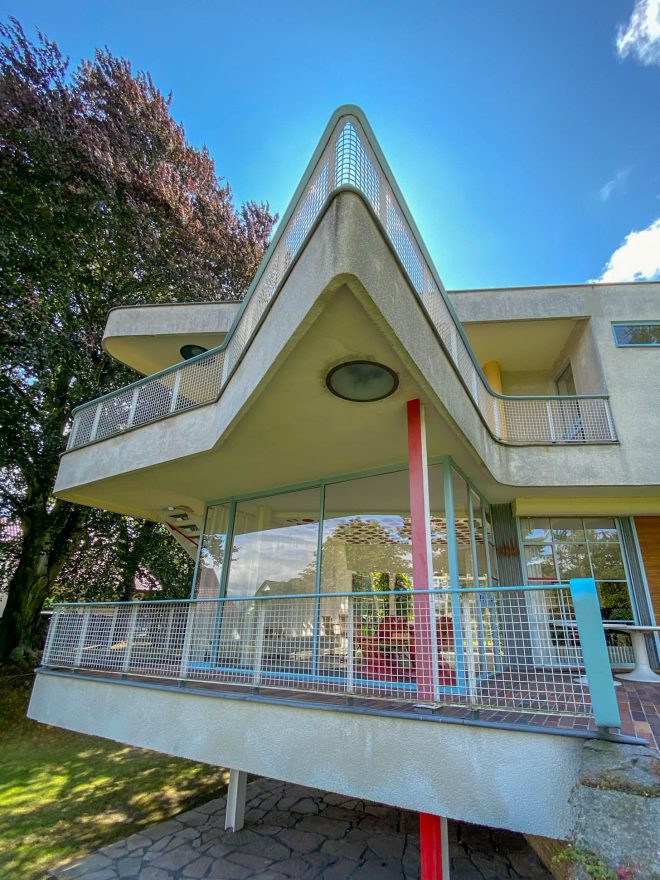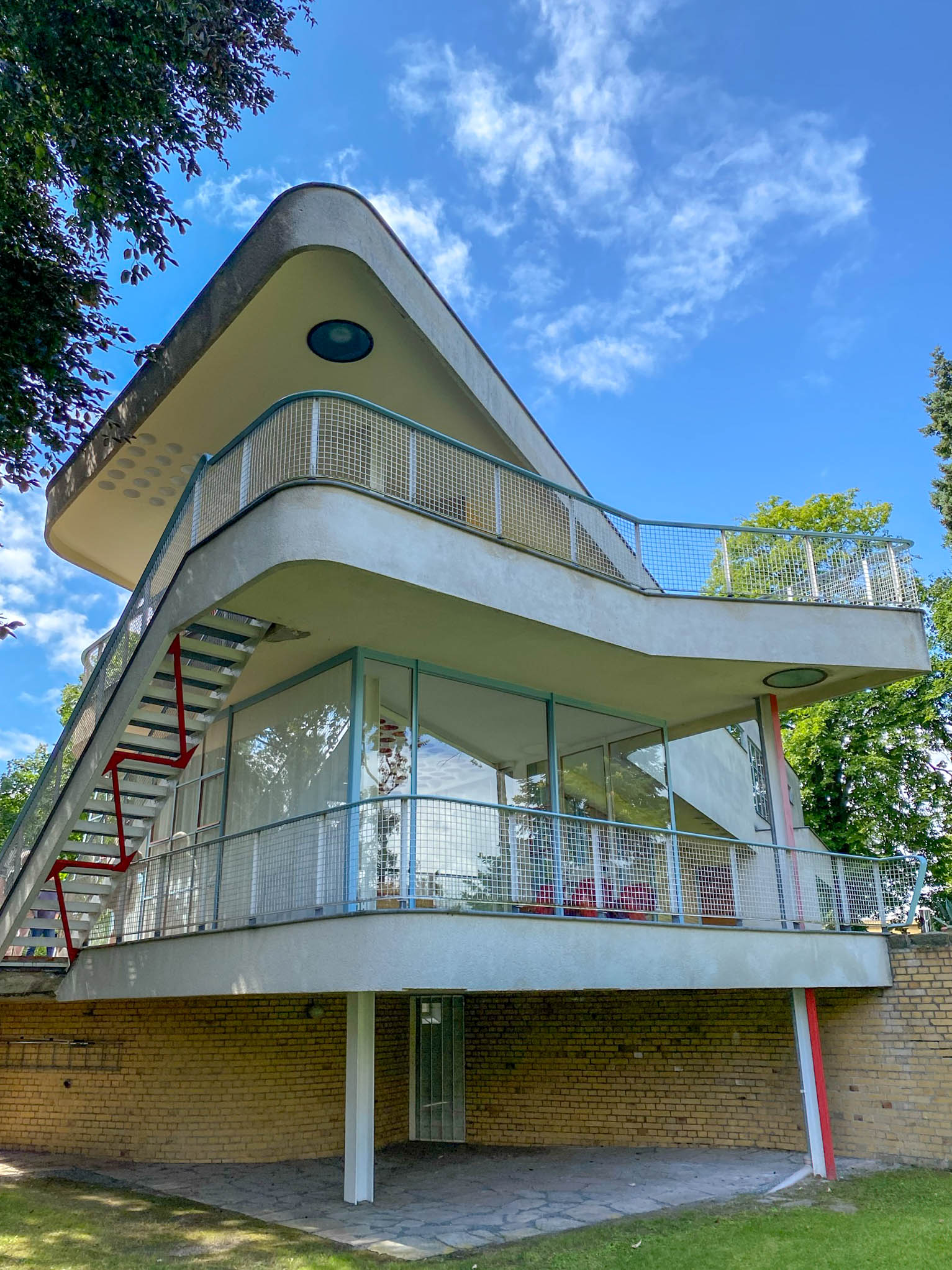
Schminke House, 1931-1933. Architect: Hans Scharoun. Photo: Daniela Christmann
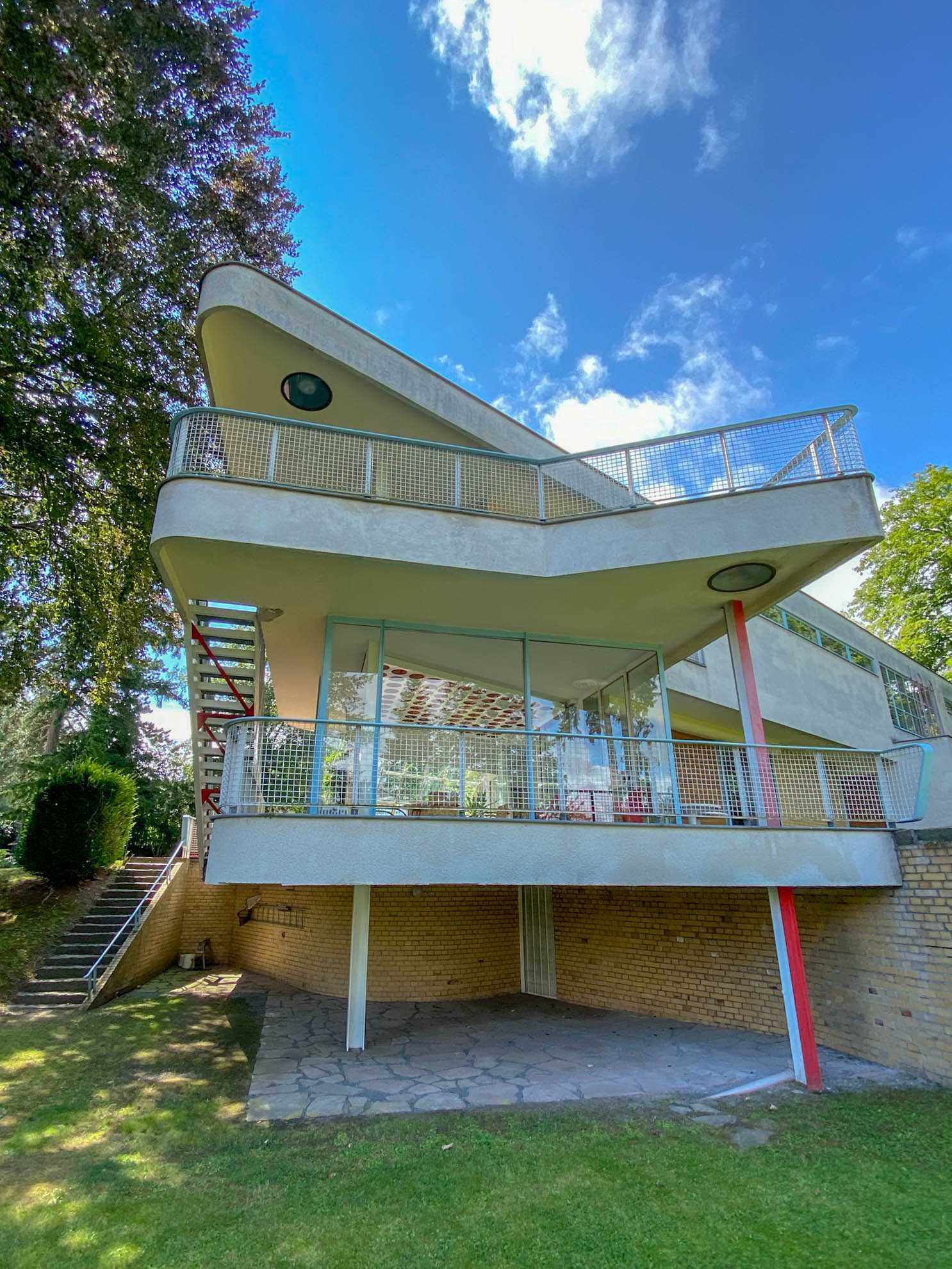
Schminke House, 1931-1933. Architect: Hans Scharoun. Photo: Daniela Christmann
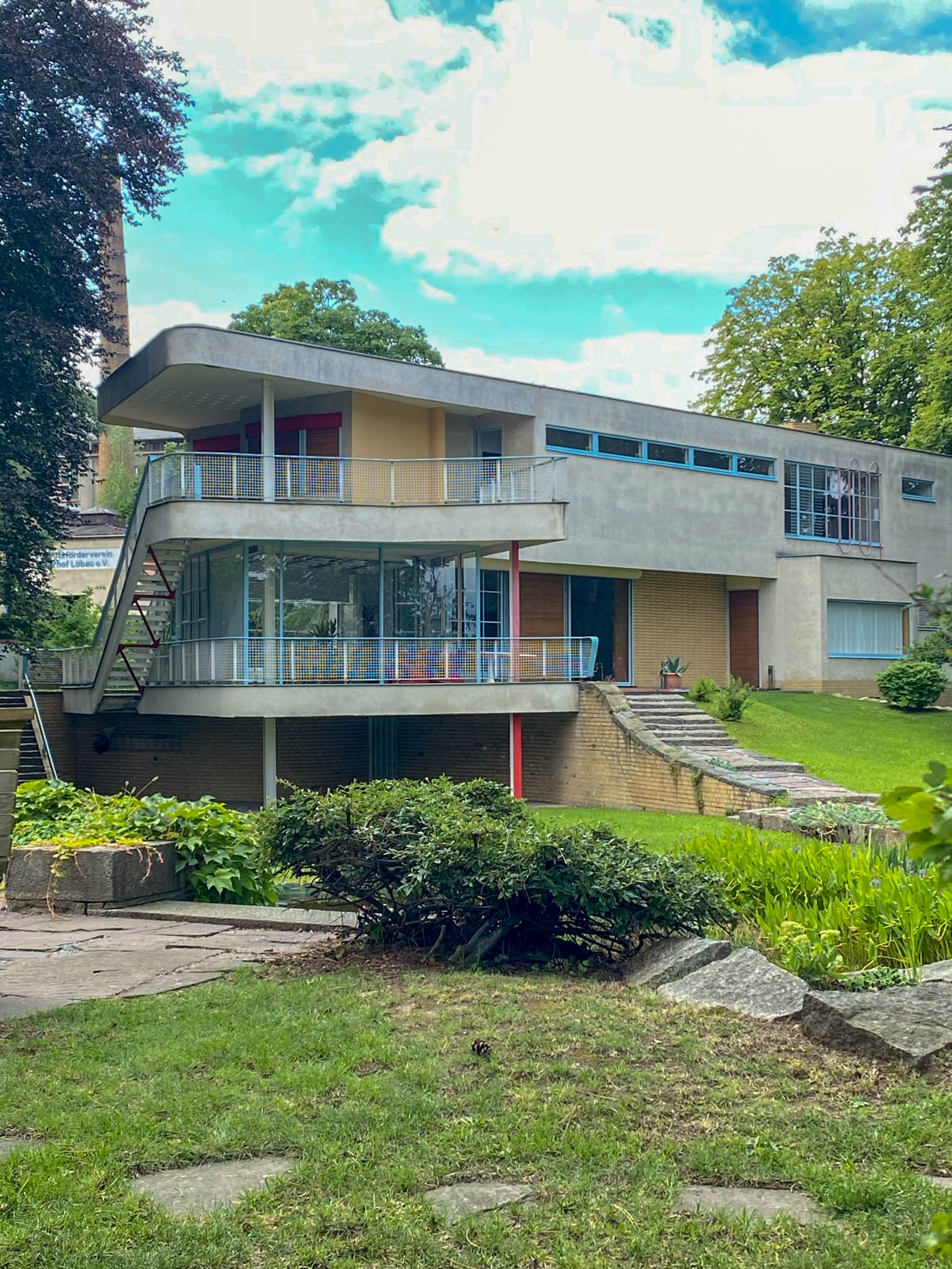
Schminke House, 1931-1933. Architect: Hans Scharoun. Photo: Daniela Christmann
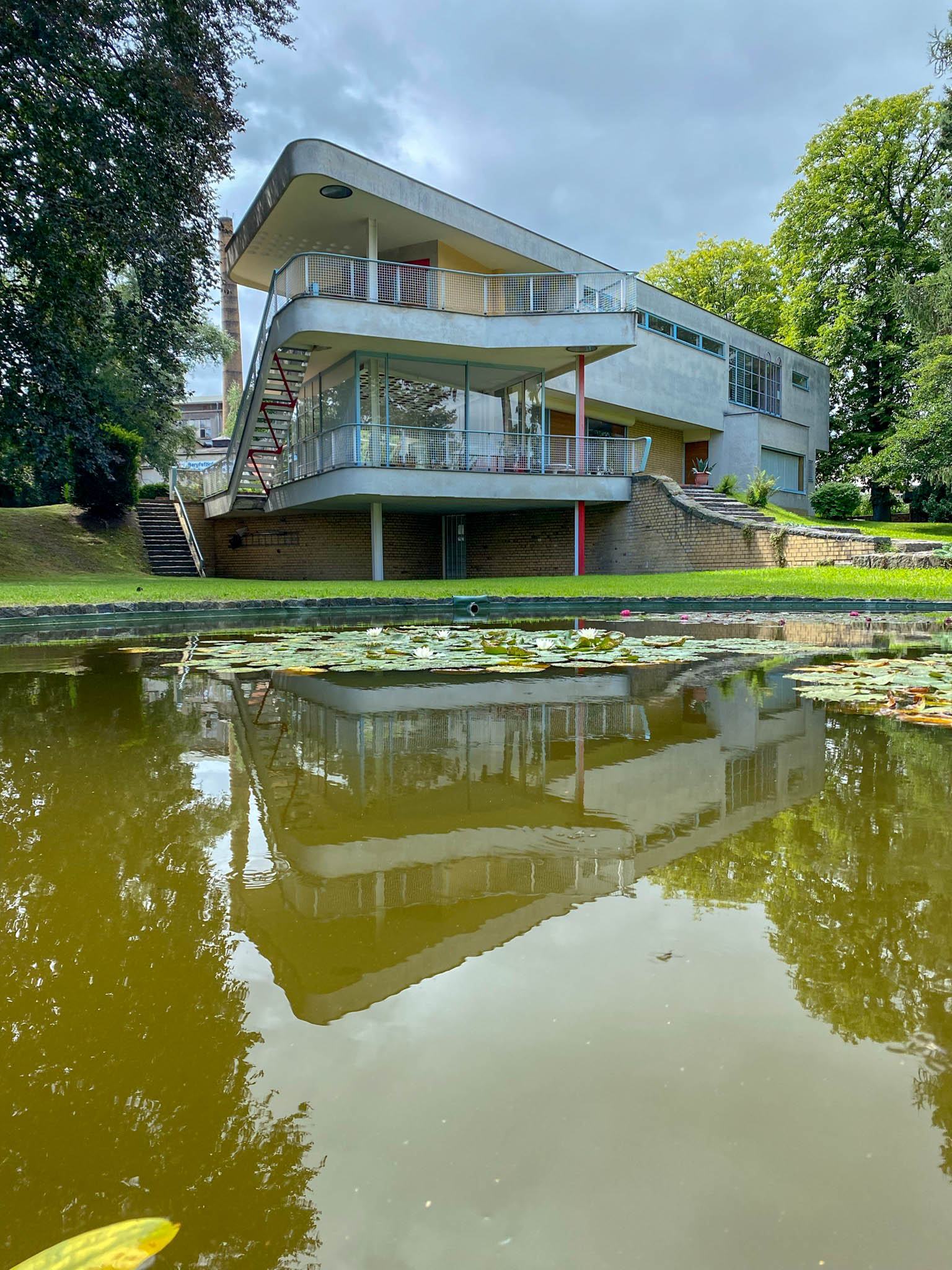
Schminke House, 1931-1933. Architect: Hans Scharoun. Photo: Daniela Christmann
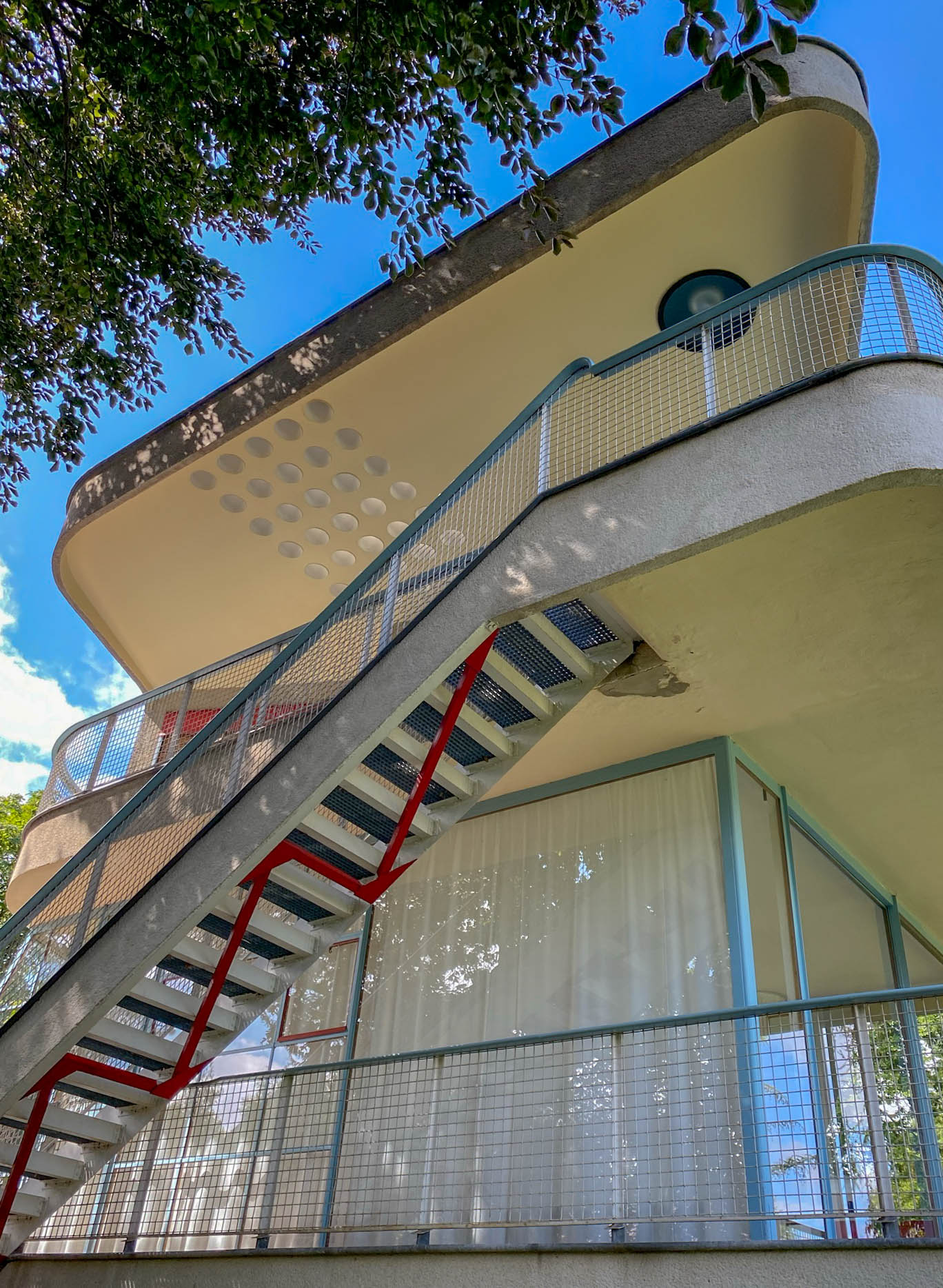
Schminke House, 1931-1933. Architect: Hans Scharoun. Photo: Daniela Christmann
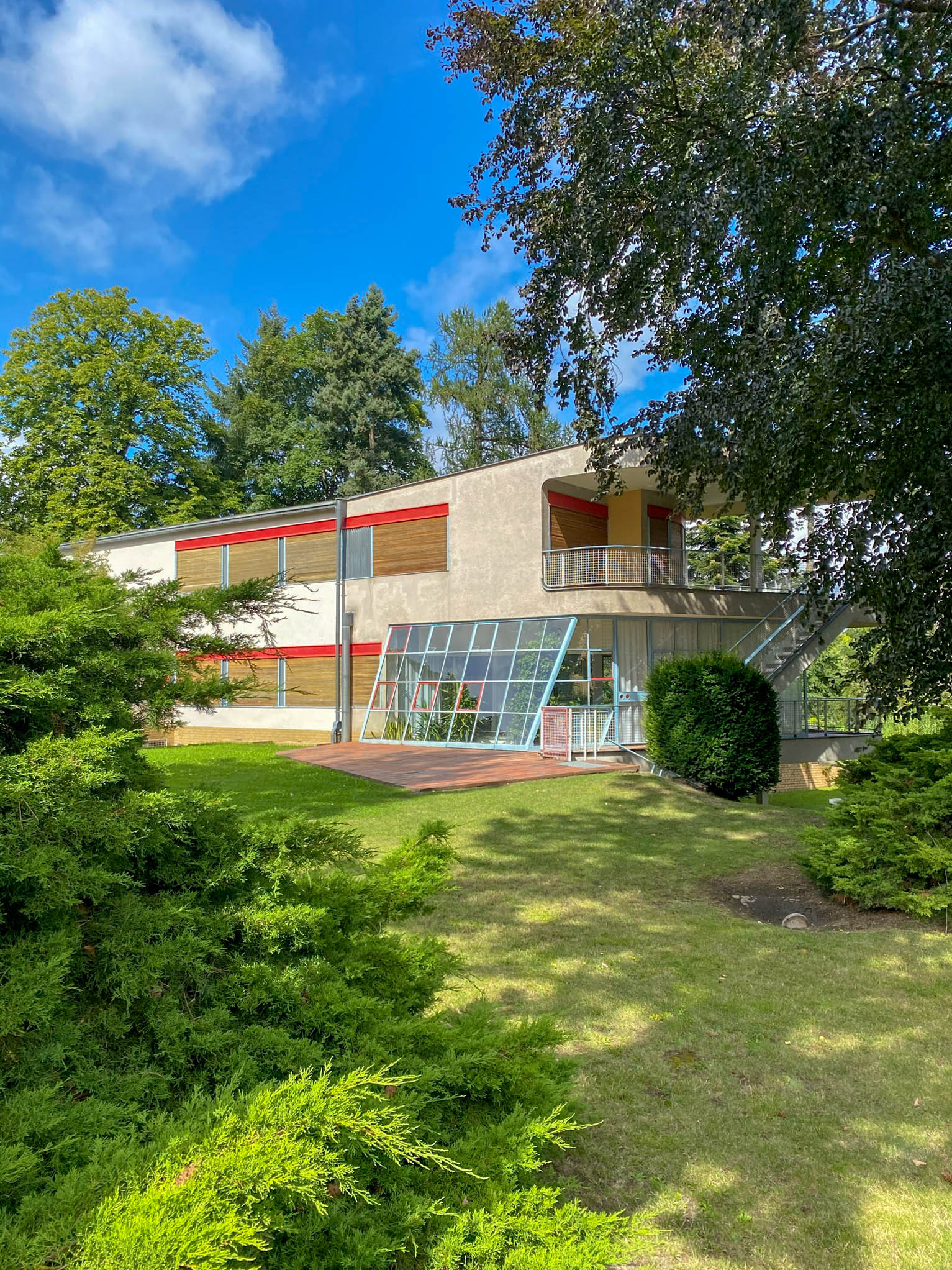
Schminke House, 1931-1933. Architect: Hans Scharoun. Photo: Daniela Christmann
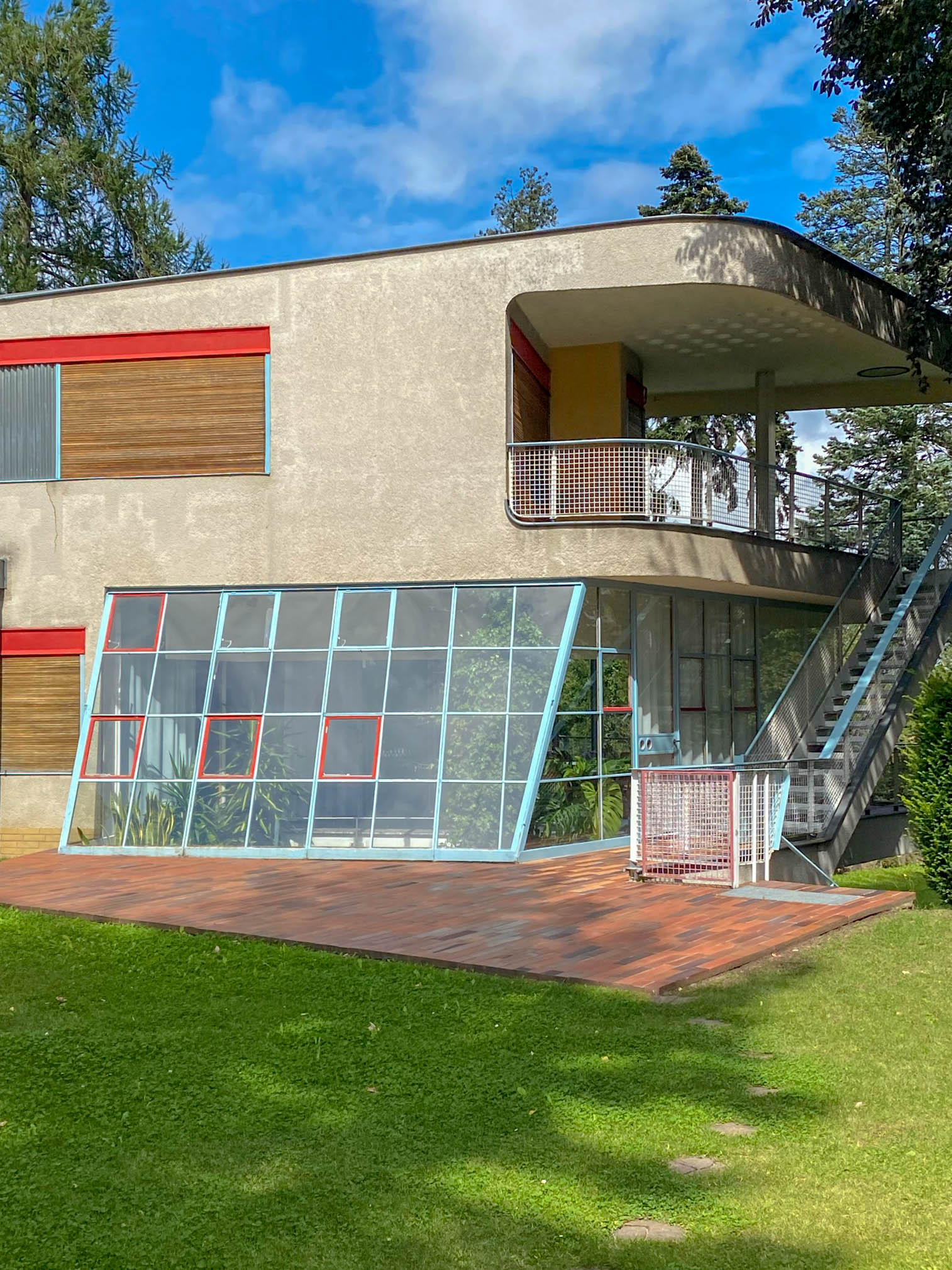
Schminke House, 1931-1933. Architect: Hans Scharoun. Photo: Daniela Christmann
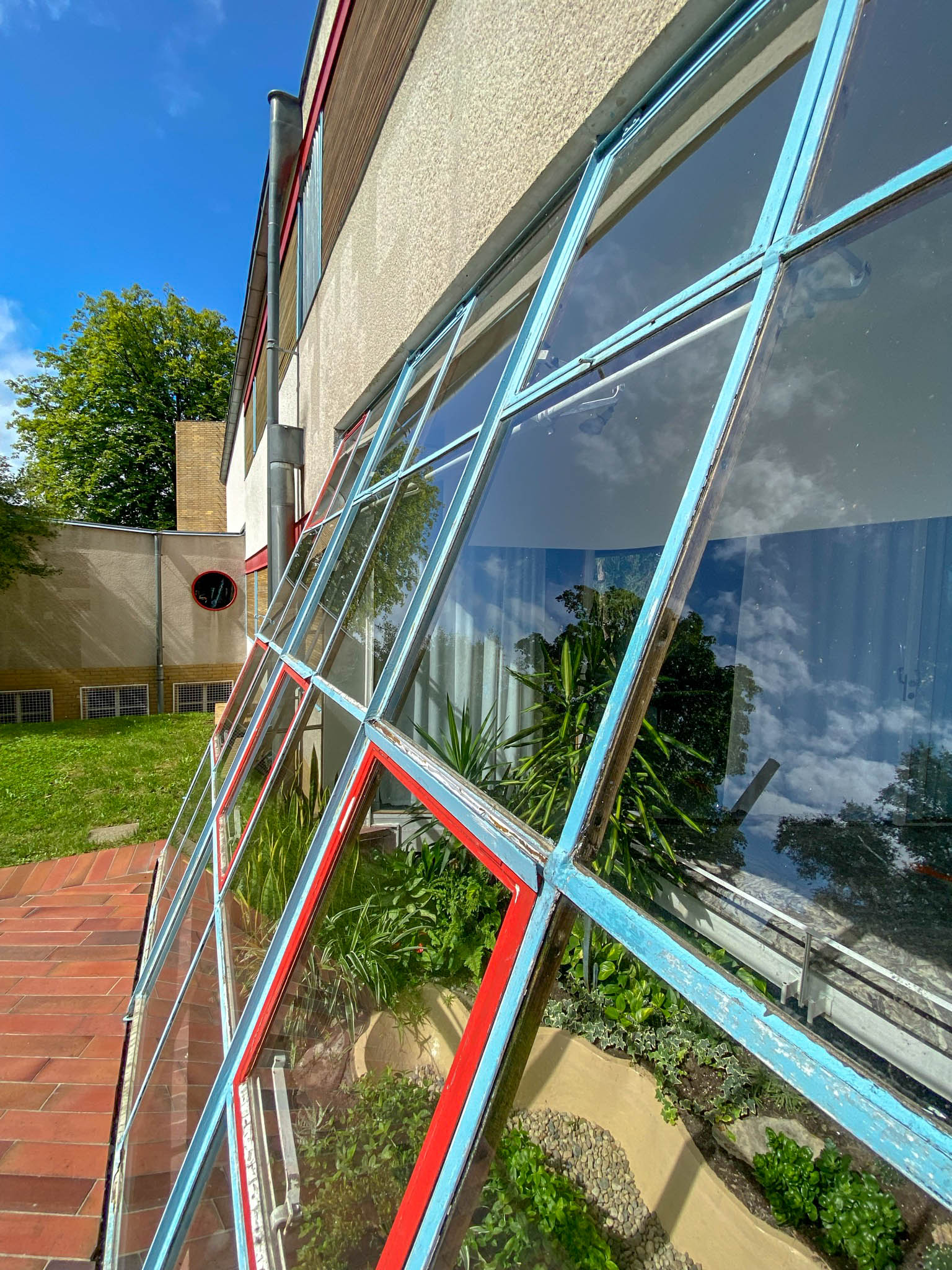
Schminke House, 1931-1933. Architect: Hans Scharoun. Photo: Daniela Christmann
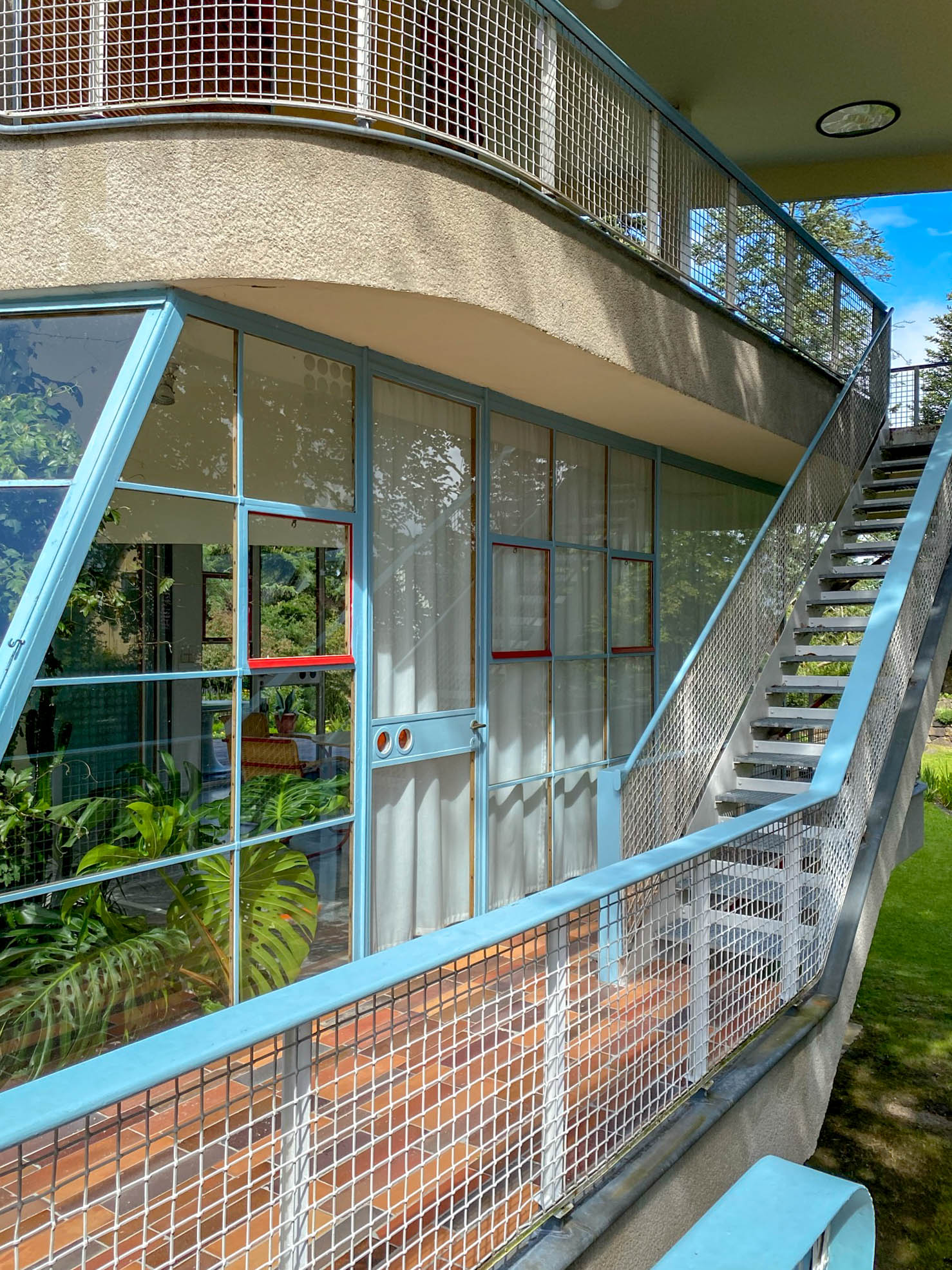
Schminke House, 1931-1933. Architect: Hans Scharoun. Photo: Daniela Christmann
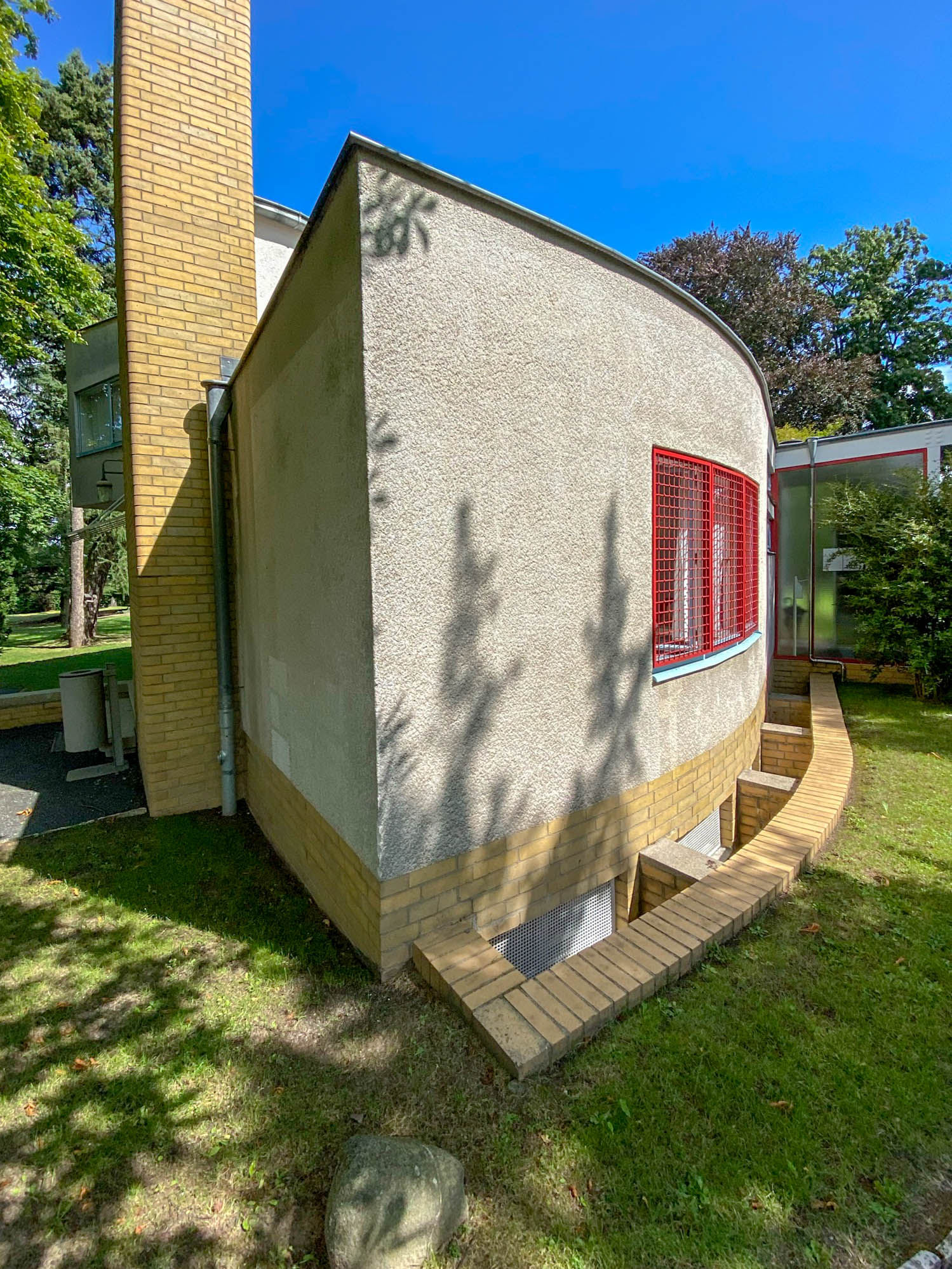
Schminke House, 1931-1933. Architect: Hans Scharoun. Photo: Daniela Christmann
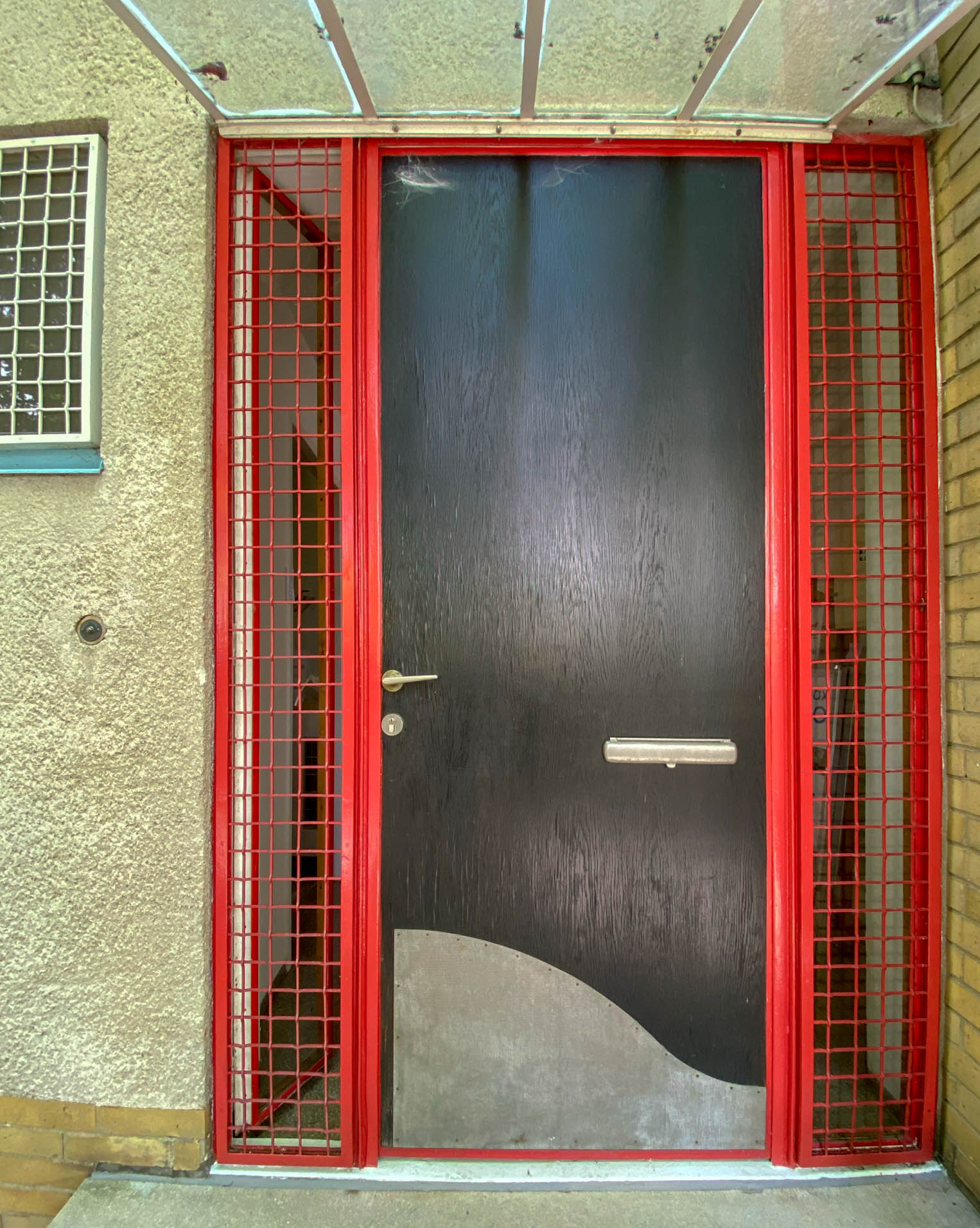
Schminke House, 1931-1933. Architect: Hans Scharoun. Photo: Daniela Christmann
1931 – 1933
Architect: Hans Scharoun
Kirschallee 1b, Löbau, Germany
In 1930, the noodle manufacturer Fritz Schminke commissioned the architect Hans Scharoun to plan a modern residential building for him, his wife Charlotte and their four children right next to his factory in Löbau.
Background
After the death of his father in the spring of 1920, Fritz Schminke had officially taken over the management of the Loeser & Richter company, which he had already held on a temporary basis since 1918. Since 1881, the pasta products of the Loebau factory had been world-famous under the trademark Anker.
Fritz Schminke systematically transformed the company into a manufacturer of branded products. He only used uniformly aligned folding box packaging in the colors blue and orange, some with viewing windows.
The noodle factory was one of the first German companies to package its branded products in cellophane.
Hans Scharoun
The Schminke couple sought contact with Hans Scharoun after seeing his buildings when visiting the Weissenhof Siedlung in Stuttgart (1927) and the Werkbund exhibition in Breslau (1929).
The clients wanted a modern house for a family of six, a maid, and occasionally two guests, south-facing living spaces, unobstructed views of the garden, easy management, and a place for the domestic help to live.
Schminke House
In close coordination with the client’s wishes, the Schminke house was built in a relatively short construction time as a representative family home in the direct vicinity of the factory.
An elongated building with a restrained façade separates the factory area from the private area like a bar. The house opens up to the garden with its curves, high windows, terraces and external stairs.
The residence is entered via a prestigious entrance, which also provides access and exit on dry feet under an overlong canopy.
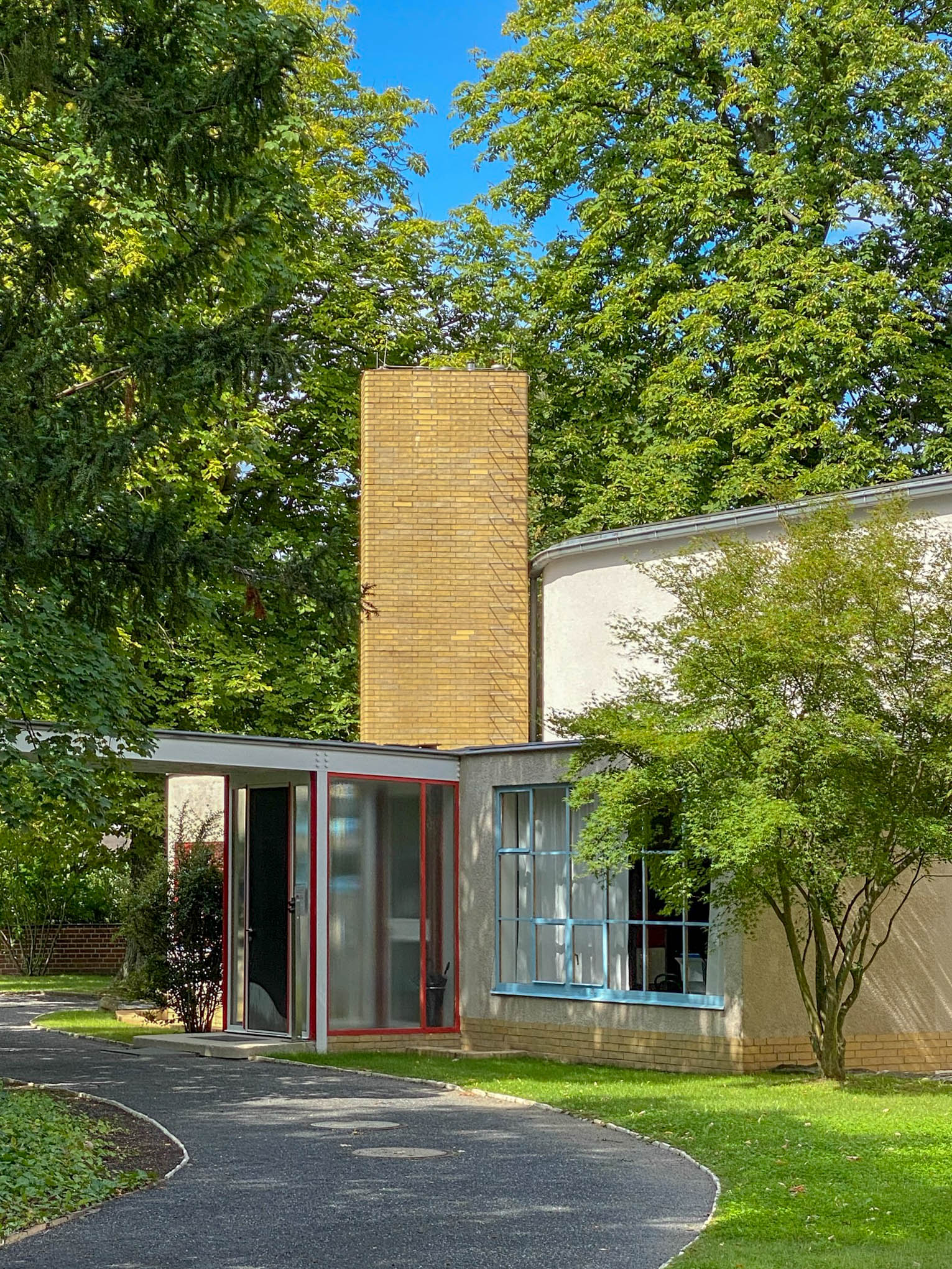
Schminke House, 1931-1933. Architect: Hans Scharoun. Photo: Daniela Christmann
Construction
The steel skeleton construction with pumice concrete infill allowed a free interior design without load-bearing partition walls.
The living areas are accessed from the central living hall. The elongated living room on the first floor opens into a conservatory with floor-to-ceiling angled louvered windows with planters.
Facing the factory, the room catches the southern sun with high windows. To the garden to the north, it opens with floor-to-ceiling windows. The transition from living space to outdoor space is fluid due to the transparency.
The steel roundabouts, the concrete body and the porthole windows on the garden side reflect Scharoun’s interest in shipbuilding. Standing on the curved terrace overlooking the garden and pond, one is reminded of a ship’s deck.
To this day, the building is known as the Nudeldampfer (noodle steamer).
Interior
Inside the house, the light coming in from all sides supports the impression of the rooms flowing into each other.
The living room is directly connected to a large dining room with round glass ceiling panels that bring additional light into the room, making it appear larger.
A space-creating staircase, on whose wide handrail the Schminke children could slide from the upper floor to the first floor, leads to the equally bright bedrooms and children’s rooms on the upper floor.
The kitchen, made of low-maintenance materials, was furnished according to the principles of the Frankfurt kitchen.
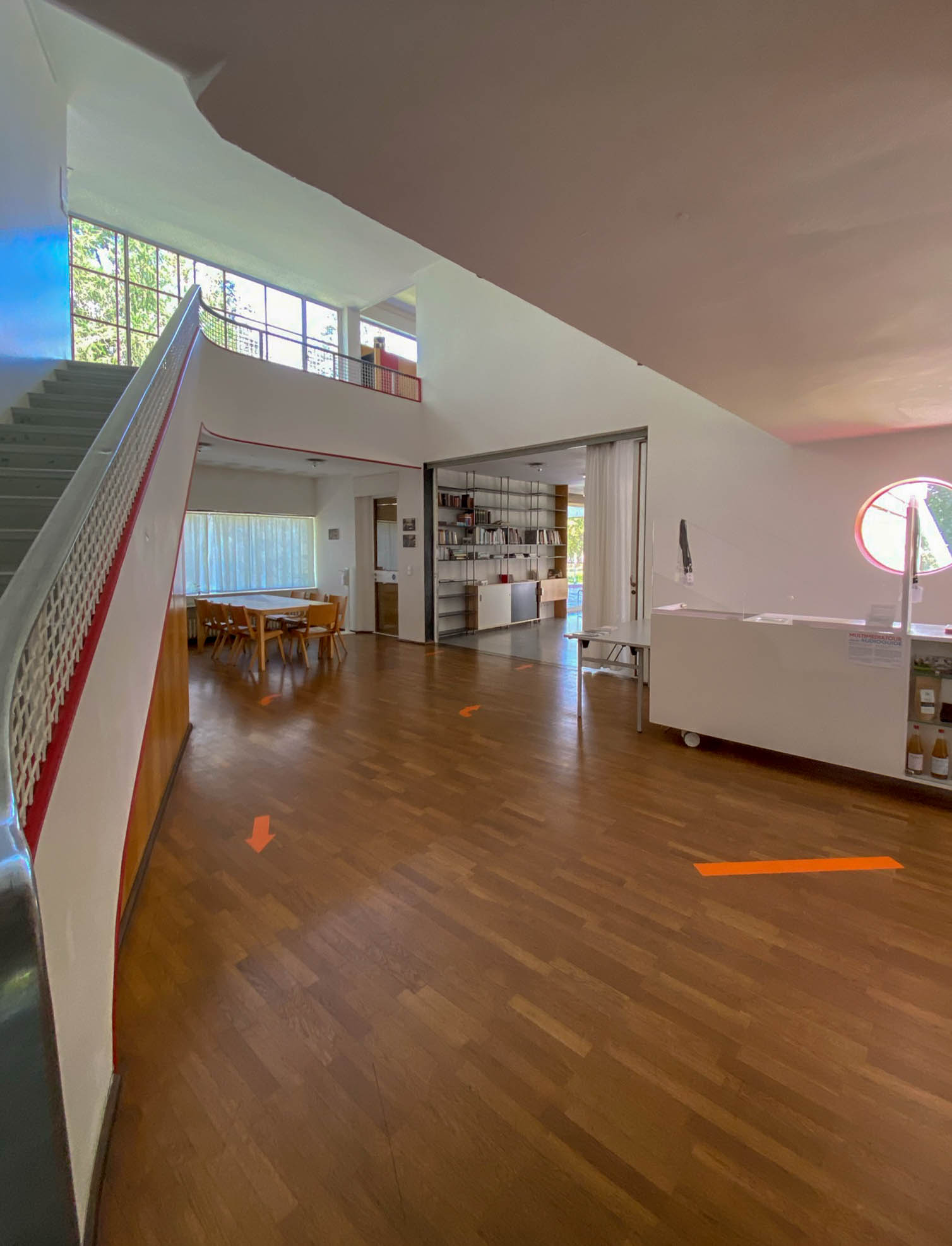
Schminke House, 1931-1933. Architect: Hans Scharoun. Photo: Daniela Christmann
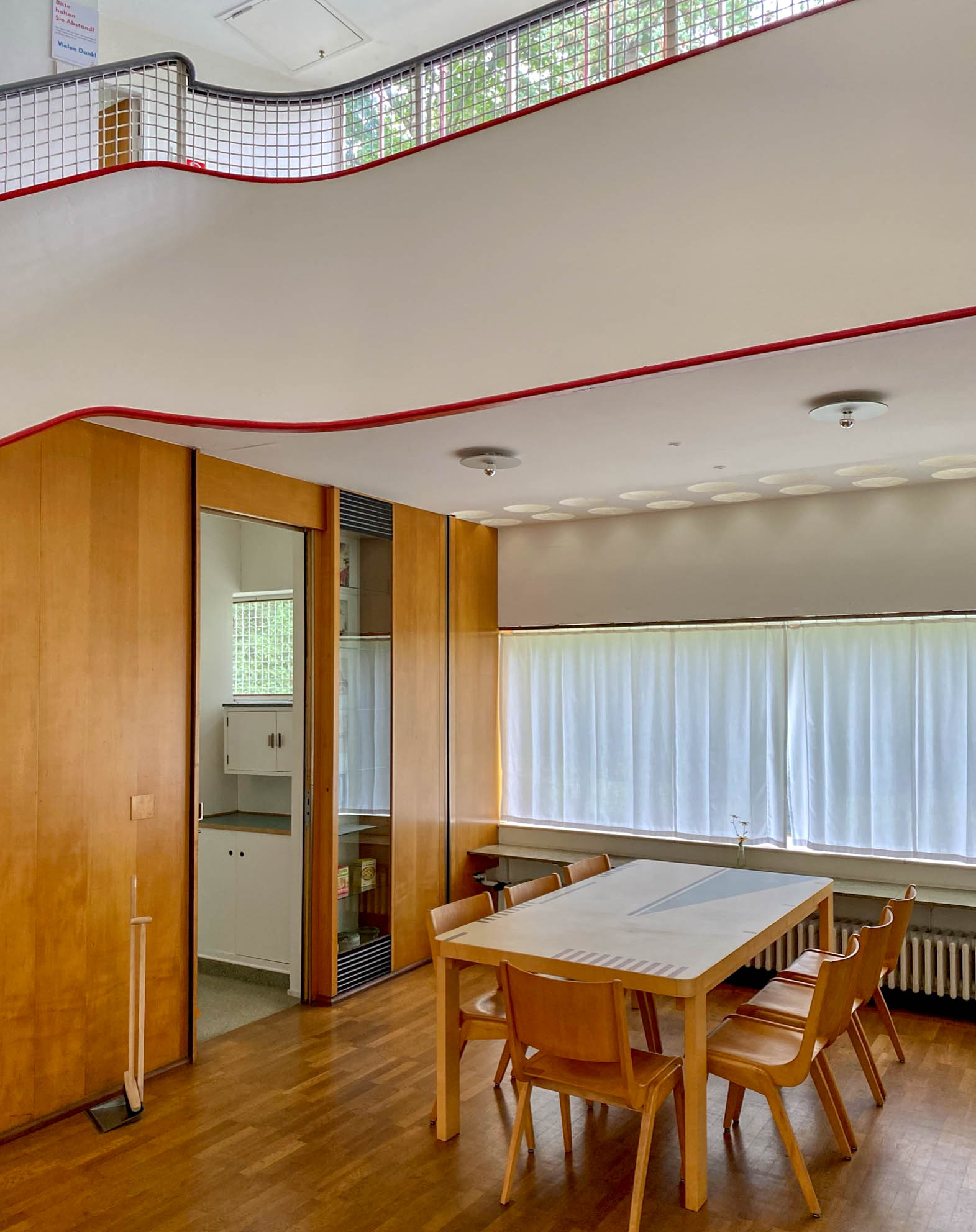
Schminke House, 1931-1933. Architect: Hans Scharoun. Photo: Daniela Christmann
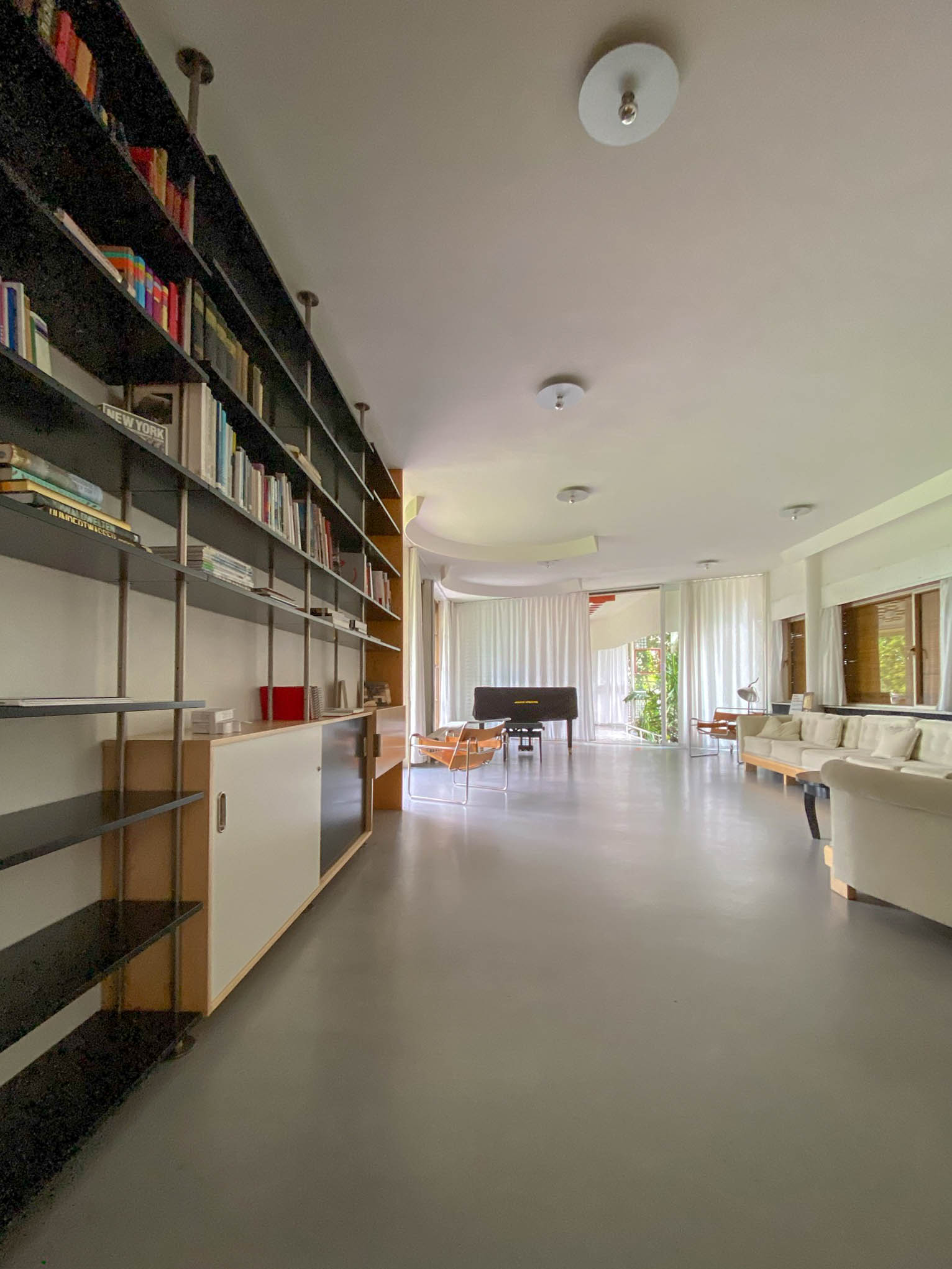
Schminke House, 1931-1933. Architect: Hans Scharoun. Photo: Daniela Christmann
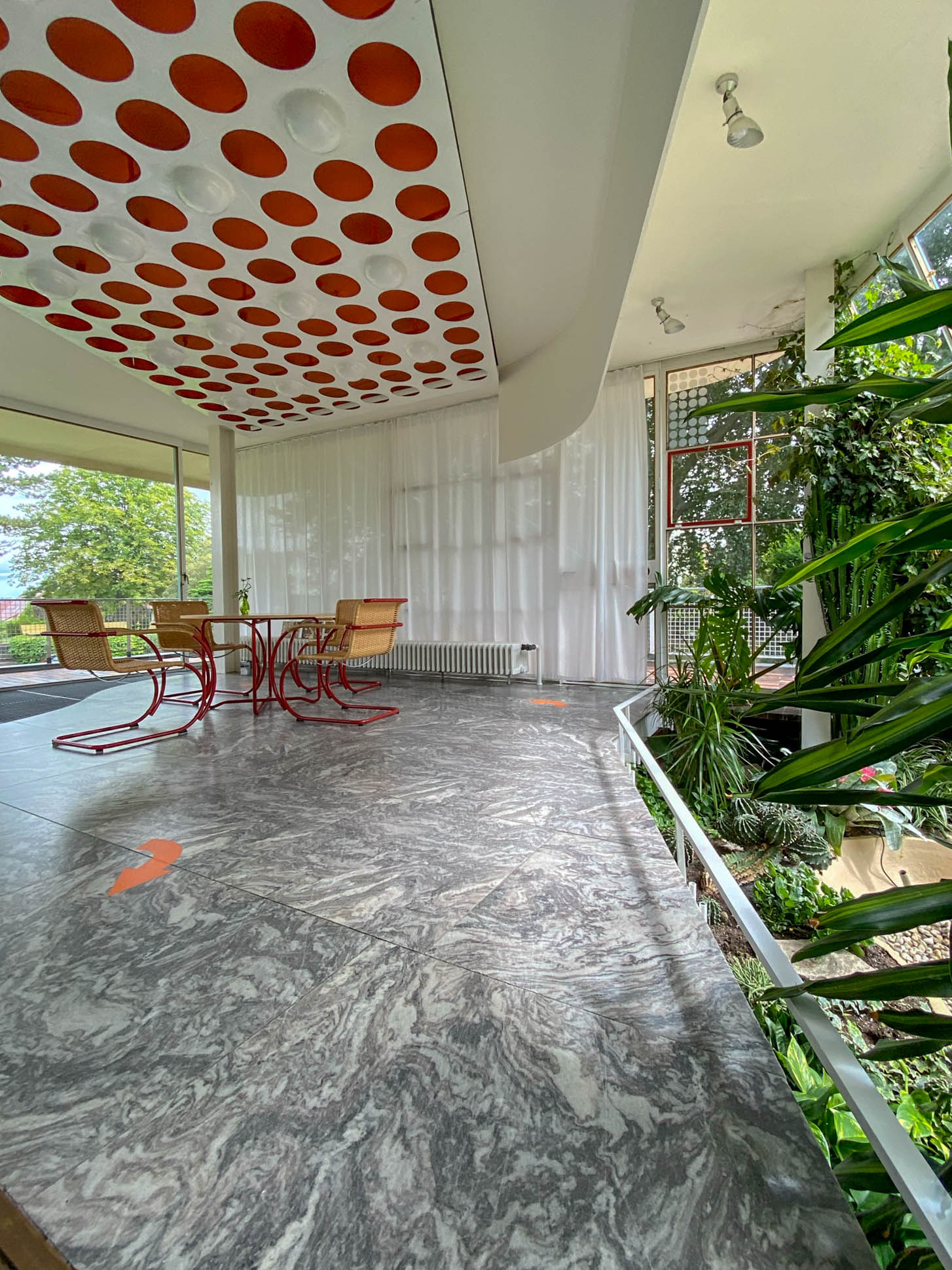
Schminke House, 1931-1933. Architect: Hans Scharoun. Photo: Daniela Christmann
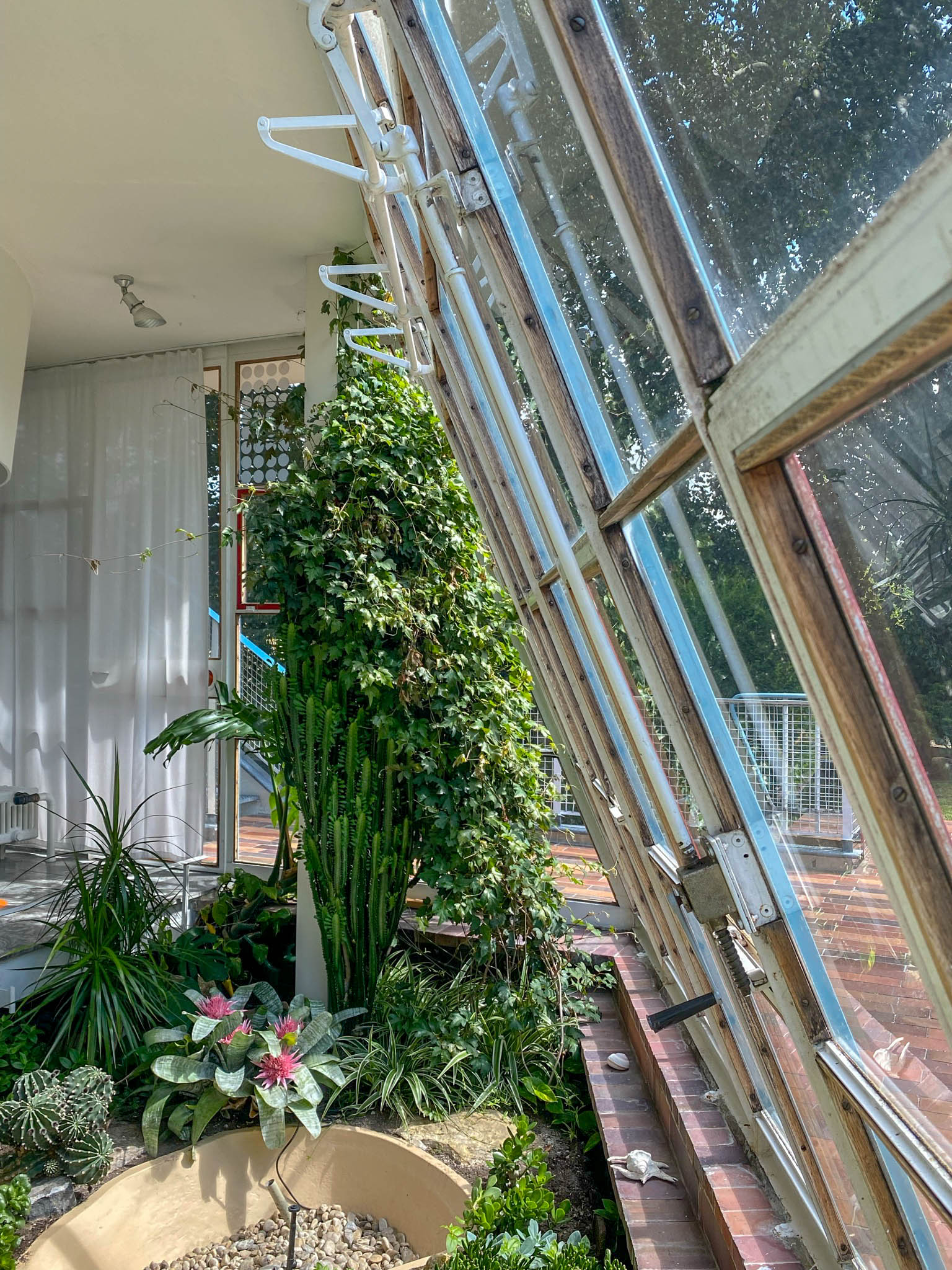
Schminke House, 1931-1933. Architect: Hans Scharoun. Photo: Daniela Christmann
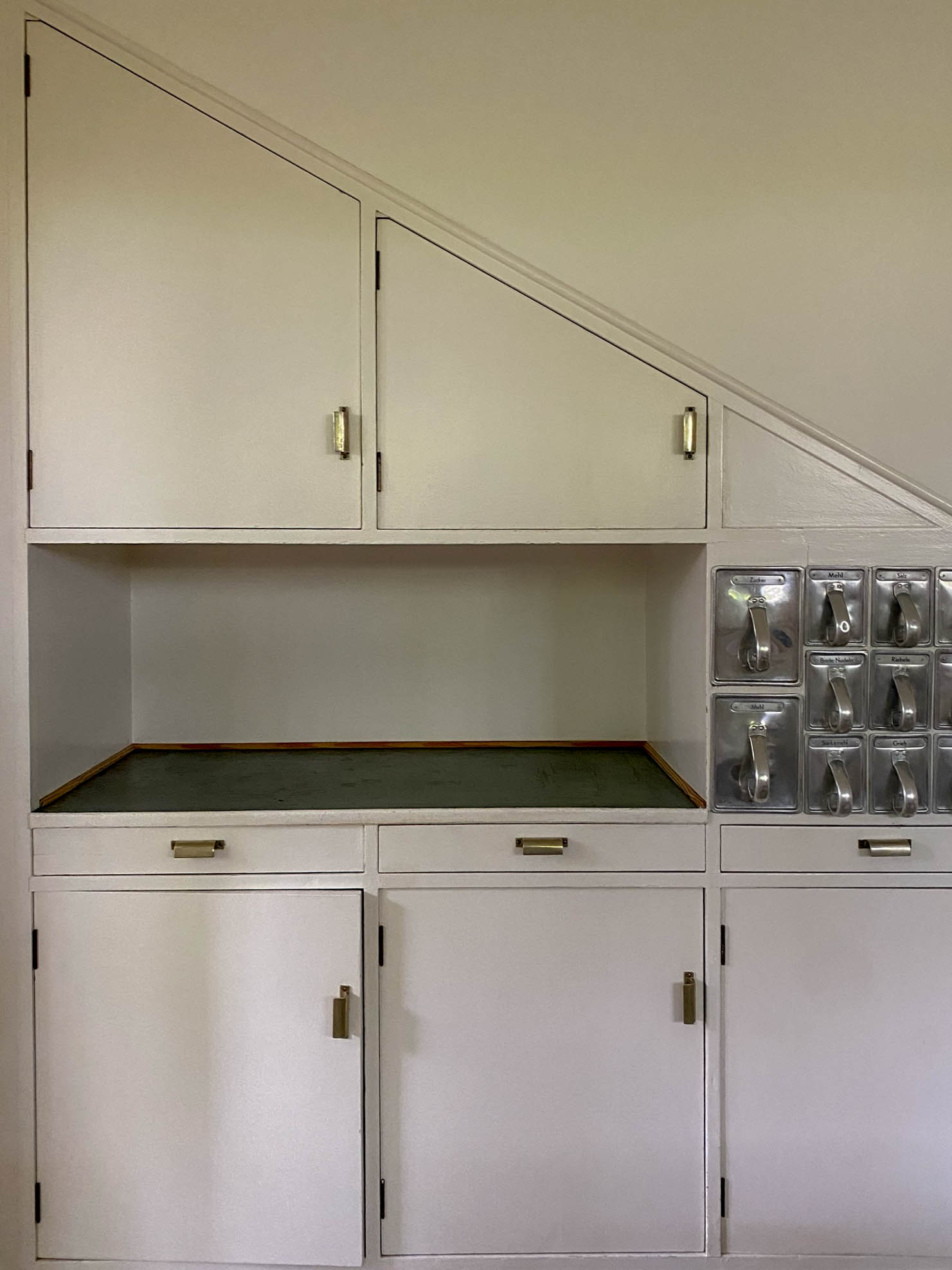
Schminke House, 1931-1933. Architect: Hans Scharoun. Photo: Daniela Christmann
Garden Design
Herta Hammerbacher and her husband Hermann Mattern helped design the 3,500-square-foot residential and ornamental garden, working with gardener and perennial grower Karl Foerster of Potsdam.
In addition, the Schminkes acquired an 11,000-square-foot adjoining piece of land for a kitchen garden, whose scattered fruit meadow has been left as it is to this day.
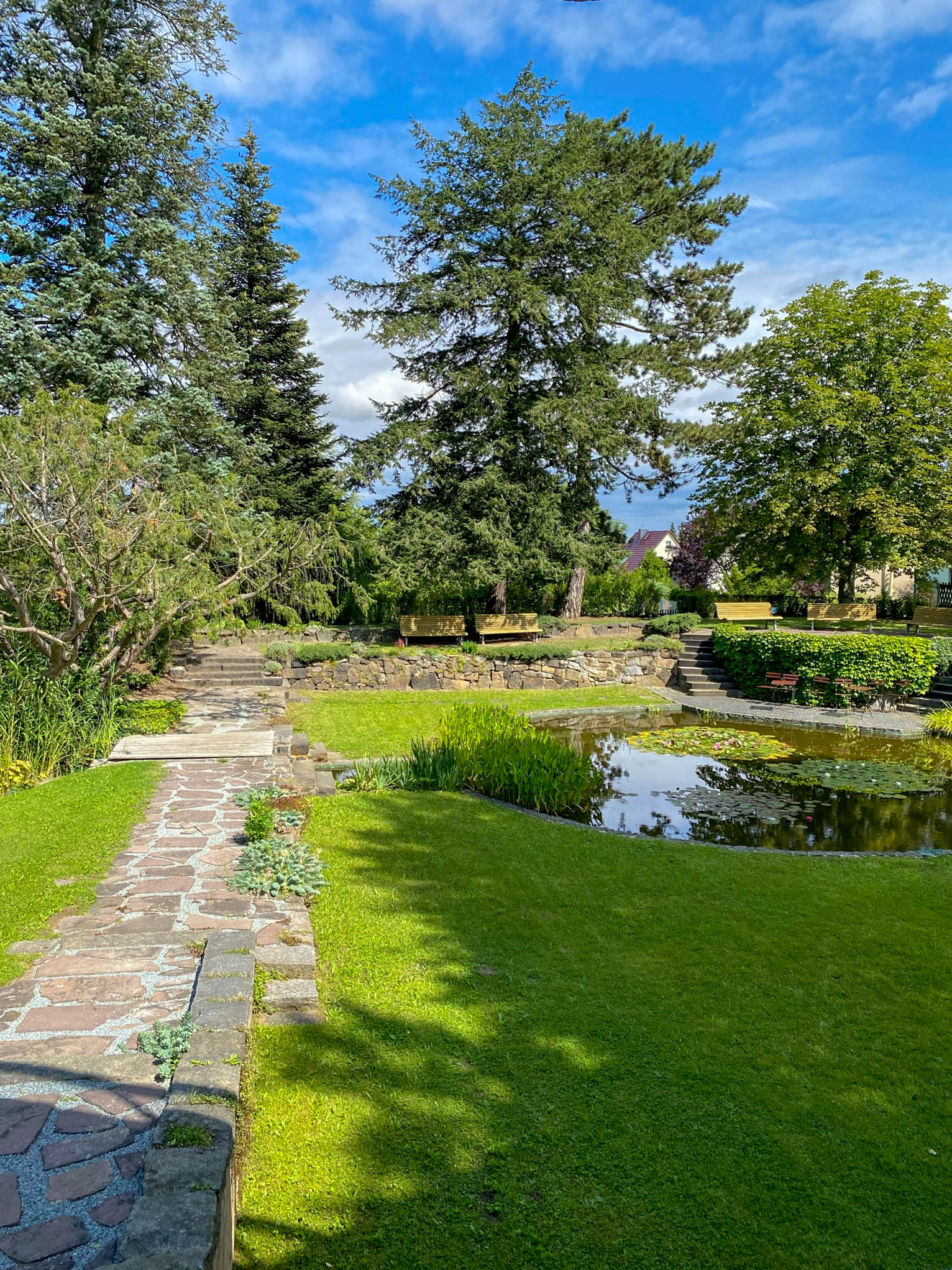
Schminke House, 1931-1933. Architect: Hans Scharoun. Photo: Daniela Christmann
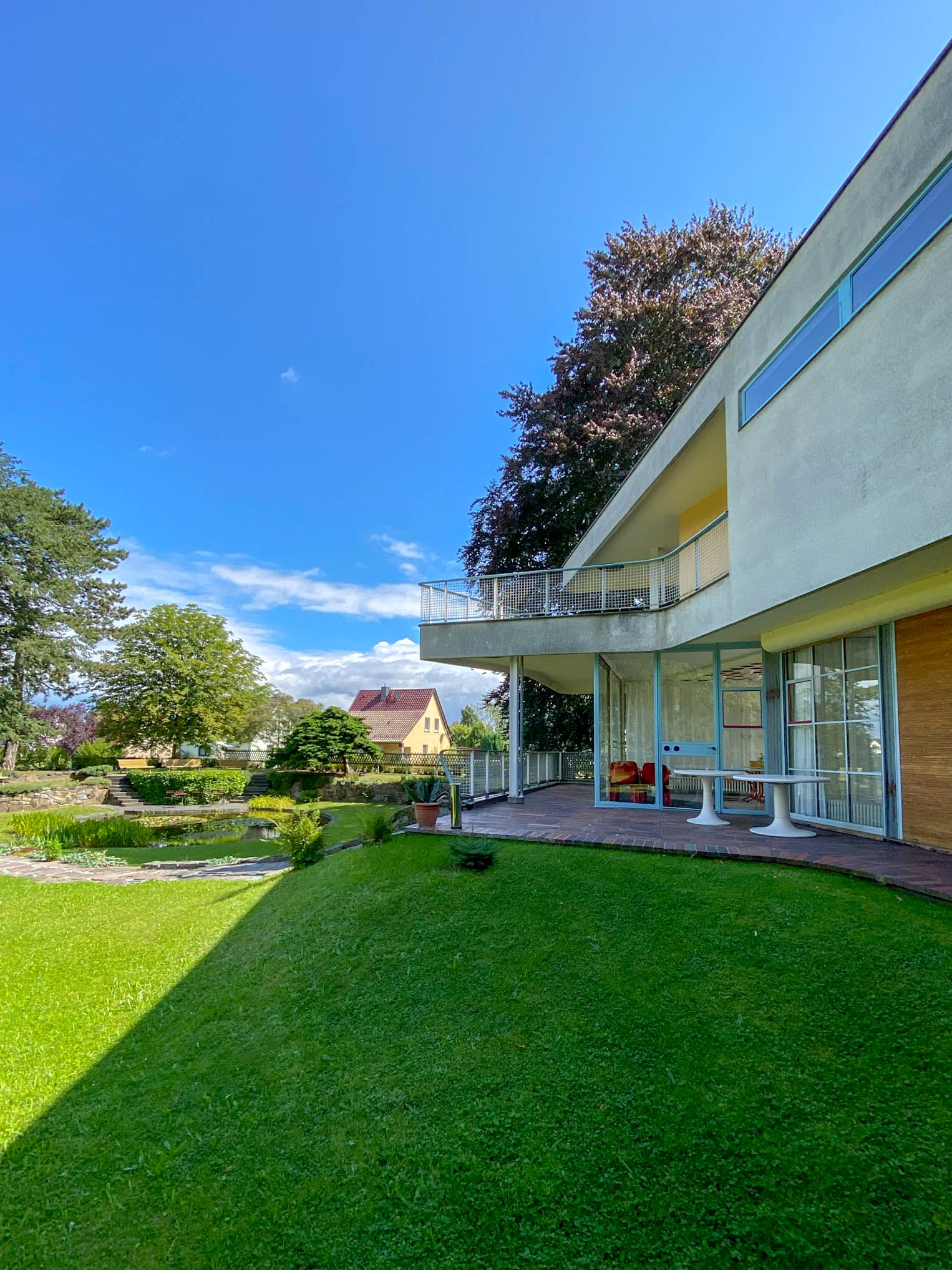
Schminke House, 1931-1933. Architect: Hans Scharoun. Photo: Daniela Christmann
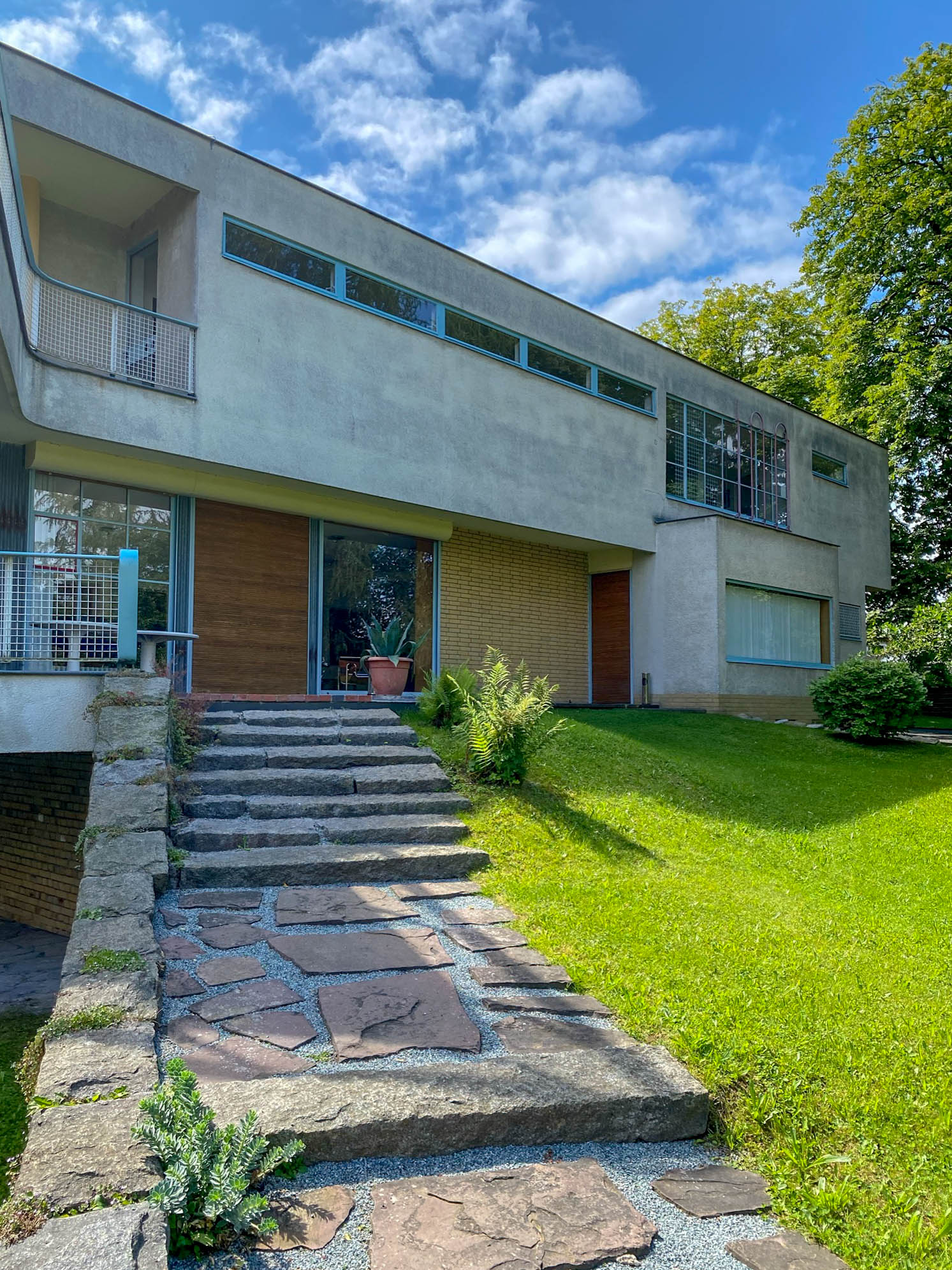
Schminke House, 1931-1933. Architect: Hans Scharoun. Photo: Daniela Christmann
After Fritz Schminke had his private residence built by the architect Hans Scharoun, he also commissioned him with plans for the conversion and expansion of the factory buildings as well as the design of the trade fair exhibition stands for the Anker pasta.
In 1934 and 1935, the factory facade on Äußere Bautzener Straße was extensively redesigned. The complete reconstruction of the factory, intended at that time, did not take place, first due to financial constraints and later because of the outbreak of the Second World War.
Post-War Years
For twelve years, the Schminke family lived right next to the factory site until the Red Army confiscated the house in 1945 and Fritz Schminke was dispossessed in July 1946.
Because of the delivery of food to the Wehrmacht, Fritz Schminke and his younger brother Joachim, who had taken over the management of the company after his brother was drafted into the army, were considered war criminals in the Soviet occupation zone.
Fritz Schminke himself was still a Soviet prisoner of war at this time, from which he was not released until November 1948.
The Schminke family moved to the West in 1950/51 and in the following decades Haus Schminke was first a Russian military command, then a recreation home for children, a clubhouse for the FDJ, a house for the Young Pioneers, and finally a recreation center until it became the property of the city of Loebau in 1993.
The city handed over the management of the house to an association. Between 1999 and 2000, it was extensively renovated for the first time.
Renovation
During the careful restoration of the house and garden, it was possible to completely preserve and restore the formative original components of the skeleton building, and in large parts also the quartz exterior plaster.
Inside, the wall-mounted interior, the fixtures and cabinets, and the Frankfurt kitchen have been largely preserved.
In 2007, the Stiftung Haus Schminke was established, initially in cooperation with Hess Leuchten AG of Baden-Württemberg.
After their withdrawal due to insolvency, the city of Löbau has been the sole sponsor of the foundation since May 2009.
The house is open for tours on certain days, and it is also possible to stay overnight in the house and rent it for events.

